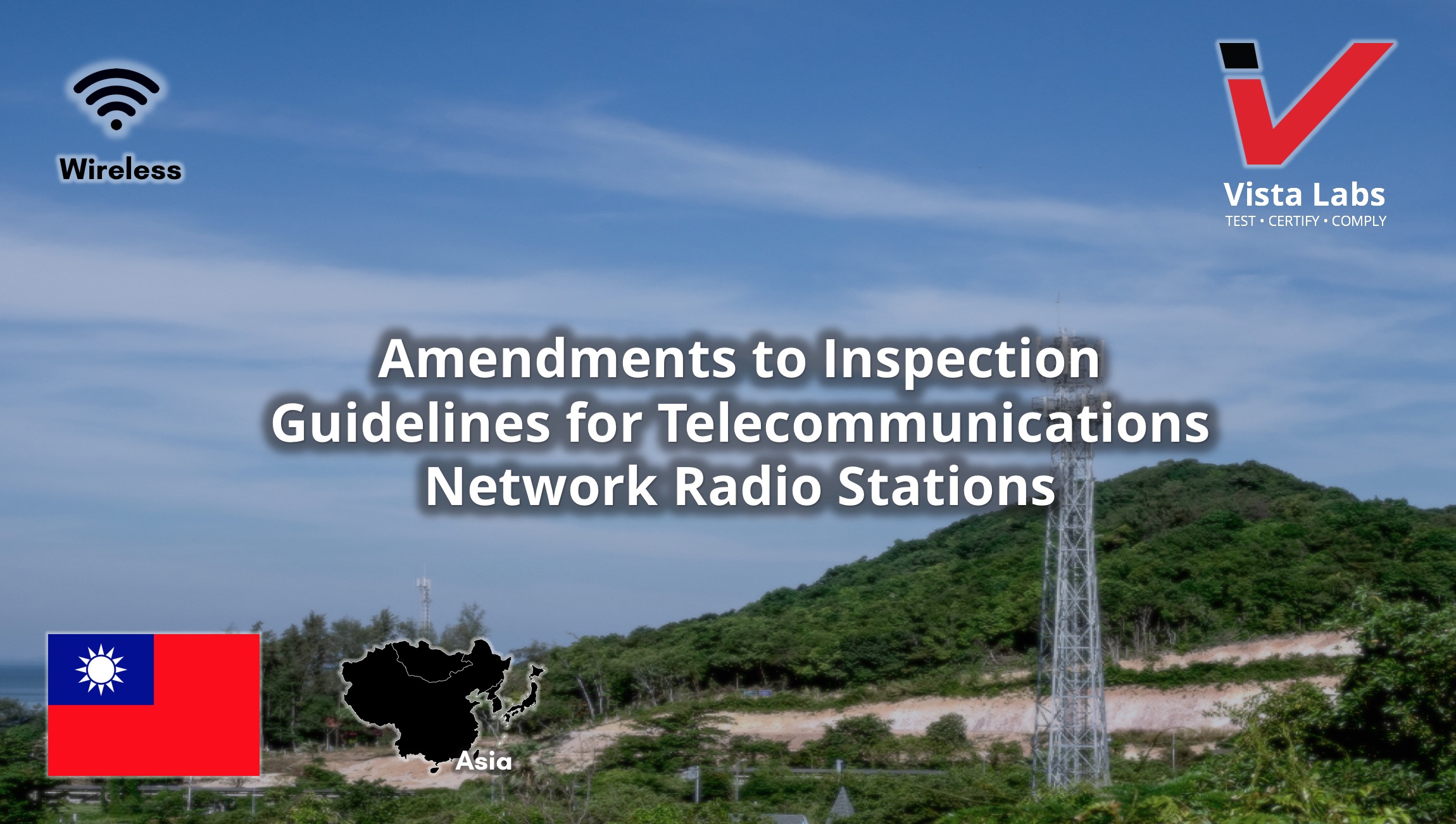The National Communications Commission (NCC) of Taiwan passed amendments to the Guidelines for the Inspection of Telecommunications Network Radio Stations established for Academic, Educational, or Experimental Research and Development.
By simplifying inspections of the operation of radio stations and shortening the inspection period in order, NCC hopes to facilitate 5G technology development and experimental service innovations and applications.
The inspection duration for radio stations are expected to reduce from 30 days to 14 days.
Major Points of the Amendment
- Verification/inspection via documentation: Adoption of a simplified inspection procedure known as written verification. The radio station verifies their project, conformity to inspection standard, and provides their self-evaluation and verification records, thereby shortening the radio inspection time from 30 days to 14 days.
- Measurement of second harmonic not required (> 8 GHz): It is no longer required to measure secondary harmonics of experimental radio stations whose primary RF are above 8GHz (second harmonics are above 16 GHz).
- Amended inspection standard for maximum RF power density: The inspection standards for maximum radio power density was amended in accordance with the reference value of environmental magnetic field exposure for general public. The new inspection standards for maximum radio power density are as follows, 0.2mW/cm² for those under 400MHz; for those between 400MHz and 2000MHz, the amount of frequency times 0.0005mW/cm²; and 1.0mW/cm² for those whose frequency is over 2000MHz.
- New inspection standard for transmission frequencies: Apart from the emission center frequency, the tolerance and the initial and final values of transmitted frequency are also added to inspection standards.
The NCC hopes to create an environment that will boost the development of 5G and IoT technology related innovation and applications by building more experimental networks.



